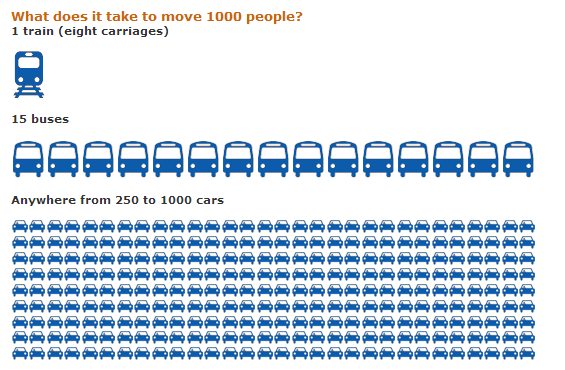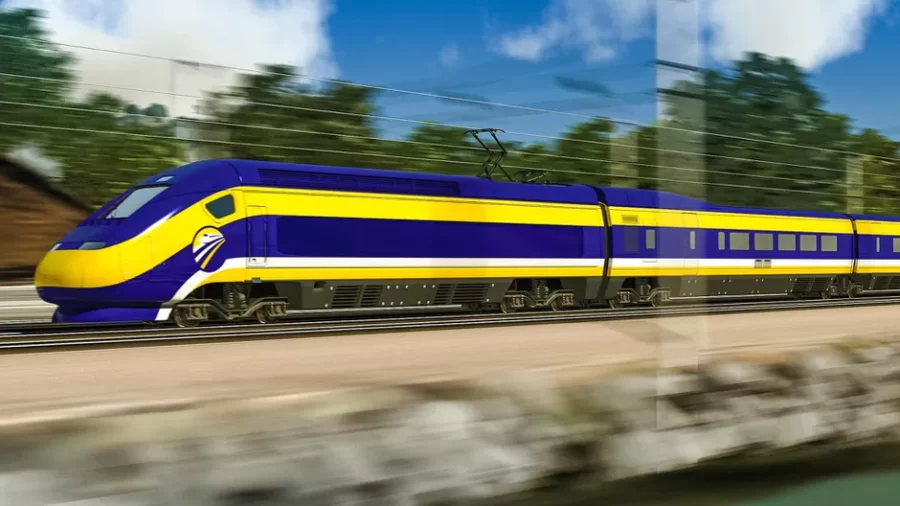Railroads: The Travel of the Future?
January 28, 2022
There’s a problem in the United States, the whole transportation network is built almost completely for road vehicles, like cars, trucks, and 18 wheelers. The thing is though, rubber wheeled vehicles cause extreme wear and tear to roadways, requiring much more frequent repairs.
The little friction that comes from metal wheels on metal rails can not only allow a 10,000 ton train to reach highway speeds but it also is a lot less damaging to the entire rail infrastructure. This can be extremely beneficial to the American taxpayer, what do you think pays for road repairs? Taxes, and you know how much profit the American interstate and highway system makes? Absolutely nothing. The road ways are 100% bought and paid for by the American people, and they will continue to be for as long as they’re in existence.

Right now most railways in the united states are privately owned, this includes the tracks that the trains run on, so whatever company owns a set of tracks is going to prioritize their own trains running on them, forcing long delays for passenger and freight trains, making people prefer driving or flying even short distances, but, if the entire railway system was controlled by 1 entity, it would be much more efficient.
Some countries with nationalized railways include The United Kingdom, Japan, Russia, France, and many more. The interesting thing is all of these countries used to have privatized railroads, and for many different reasons they decided to nationalized, interestingly the United States has had a nationalized railway before, during the first world war it was decided that the railroads were much to inefficient, too much red tape per say, now doesn’t that sound like exactly what’s happening today?
Have you ever been stuck at a railroad crossing? You have to sit there and wait for what seems like the slowest and longest train in the world, well that’s not the Japanese bullet train traveling at 200 mph. Say you could take a bullet train from Boston to San Diego with no stops you could make it there in about 12 hours, that’s of course not including stops. A flight between the two cities would take about 6 ½ hours, and that’s just the time your in the air, that doesn’t include travel to the airport, going through security, layovers, etc. compared to an airplane a bullet train uses 88% less total power and up to 92% less carbon emissions per passenger.
There is many many benefits to train travel as opposed to plane and car travel, less pollution, less taxes, more efficient travel, and so much more.


